“Babanas, djurumins, gamaradas, naa niyas, Dharawal yura ngura dji.”
Carrol, our guide from Sydney Coast Walks, welcomes us in the tongue of the Dharawal people. She provides us with a rough translation, but the opening words – “Brothers, sisters, friends” – are what stay with me.
This traditional welcome sets the tone for the day. The Dharawal have lived in this region for thousands of years, and Royal National Park protects many remnants of their culture. Nearby is a large mound of sand and shells.
“Does anyone know what this is?” Carrol asks, pointing at the mound. We look at each other, puzzled.
“It’s a midden… More than a thousand years old.”
She explains that the indigenous people would leave all their food waste – shells, bones, etc. – in one place, and that this assisted with the sustainable use of the area’s food resources. As the different clans moved around the region, they could see what food sources had most recently been tapped, and choose to eat something different so that each source had a chance to replenish.
We have just taken our first steps inside Royal National Park, after disembarking the ferry from Cronulla and taking a short stroll through the village of Bundeena. The real hike begins here, at Jibbon Beach.
I’m feeling energetic and excited at the walk that lies ahead, though I can’t help but wonder how much of it will be on sand. Remembering that the walk description touted hiking along cliff-tops, I’m reassured. The first day’s walk does turn out to be relatively easy and not too hilly. Despite the blistering heat and mostly unsheltered trail, the sea-breeze and leisurely pace make it very pleasant.
As we continue to weave our way along the cliff-tops, inland through sclerophyll forest, and down along beaches and rocky shore-lines, Carrol tells us more about the Dharawal, their lifestyle, and their “dreaming”, with a particular focus on their respect for and sustainable use of the land.
The most interesting tale is about a unique relationship that the early inhabitants shared with the Orca whales, which are a totemic animal for the Dharawal. Carrol refers to this relationship as “the law of the tongue”. We stop at a large sandbar that is visible near the base of the cliffs we’re traversing, and she explains how the Orcas would chase the Humpback whales, forcing them to strand themselves on a sandbar. This allowed the hunters to kill the whale, providing food for an annual gathering, where all of the clans of the Dharawal nation would come together to celebrate recent births and marriages. The tongue of the Humpback would be removed and given as an offering of thanks to the Orcas.
By the last hour of the day’s walking, the collective mood of the group is waning. With the hot late-afternoon sun beating down on us, we’re all well and truly ready for a rest and a swim. Soon enough we hear the playful screaming of children, a sign that we’re about to make it to our camp-site on the cliffs above Wattamolla Beach.
Sydney Coast Walks founder, Ian Wells, greets us at our dining gazebo. He offers cold beer, wine, and soft-drinks. We rest our tired legs while enjoying a cheese platter and delicious freshly-baked bread, dipped in lemon-infused olive oil and Australian bush-herbs. I can’t imagine any nicer way to finish a day of hiking.
After a beer and a chat we all head down to the beach to cool off, before returning for more drinks, and a dinner that could never be matched on your average overnight hiking trip. Exhausted and with full bellies, we turn in not long after the sun sets.
We awake to Carrol cooking up a storm, and the sun rising over Boy Martin Point. Ian returns to pack up our camp-site, as we depart for an early start on our second day’s walking. The trail between Wattamolla and Otford is even more spectacular, taking in a more hilly terrain, several beaches where we have the option of a swim, sandstone rock formations such as Eagle Rock (the emblem of Royal National Park), and an incredible variety of vegetation types.
Carrol stops regularly to point out interesting plants, such as Gymea Lilies, Pigface, Flannel Flower, and Angophora. She tells less stories of the Dharawal than on our previous day. Instead the focus is more on the natural features, and the European history of the area. For example, the heritage-listed shack communities at Little Garie, Era and Burning Palms.
These communities grew during the Depression, when unemployed miners moved here to survive the harsh times. Some of the shacks have been handed down through families for up to five generations. We are welcomed at Little Garie by one of the ‘shackies’ and filled in on the details of how the shacks came to be, as well as the on-going fight to keep them.
Towards the end of the day we enter an unexpected pocket of coastal (or “littoral”) rainforest, dubbed “Palm Jungle”. With much of the hot sun blocked out by lush palms and tree-ferns, this was the highlight of my day’s walking. Weaving our way through the thick vegetation, pushing vines out of our way as we go, I can’t help but be reminded of old Vietnam war movies. This is a very unusual section of coastline. Just when we thought we’d seen everything the park had to offer.
After a final challenging climb, and a couple more kilometres of gentle walking, we find ourselves at the end of the hike. This had been a more challenging day than the first, and we are proud to have earned our rest. We head to Otford Station, where some of the group catch trains back to the city. How incredible, to find such a pristine national park within a suburban train ride of Sydney’s CBD.
Neil was a guest of Sydney Coast Walks on this hike. This does not influence the views put forward here in any way.
Length (km): 31 km.
Time (hrs/min): 2 days (approx. 7-8 hours each day including lunch and rest breaks.
Grade: Moderate – A reasonable level of fitness is recommended.
Return / Circuit / One-Way / Partial Circuit: One-Way.
Region: New South Wales.
Park: Royal National Park.
Further Info: Walkers meet at the Cronulla Ferry Wharf and travel together to the trailhead at Bundeena. See the Sydney Coast Walks website for full details and pricing.
Sydney Coast Walks no longer offers this as a public tour, however they provide an amazingly in-depth guide to The Royal National Park Coastal Walk on their website.
Sydney Coast Walks are no longer offering this tour.
Have you visited Sydney’s Royal National Park? If you have any stories, updates or corrections, please let us know by commenting below.
Are you interested in more from Bushwalking Blog? You can either sign-up for the e-mail newsletter, or get updates via the RSS feed, Facebook or Twitter.


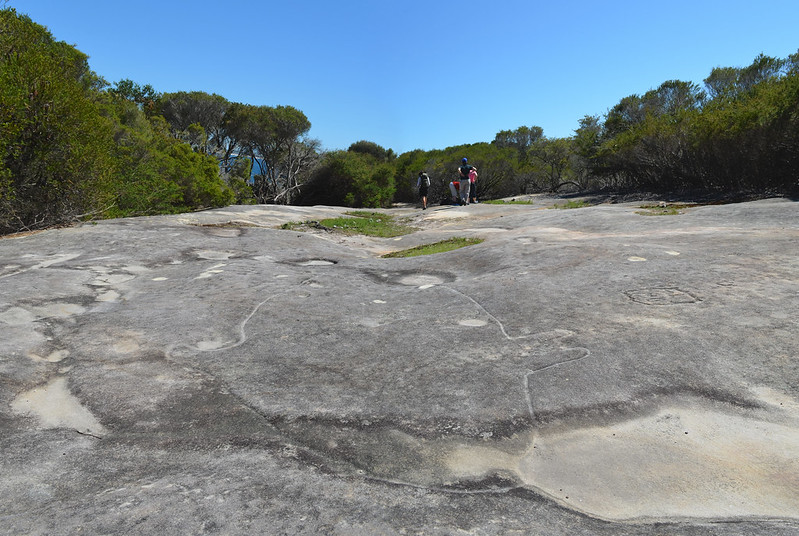
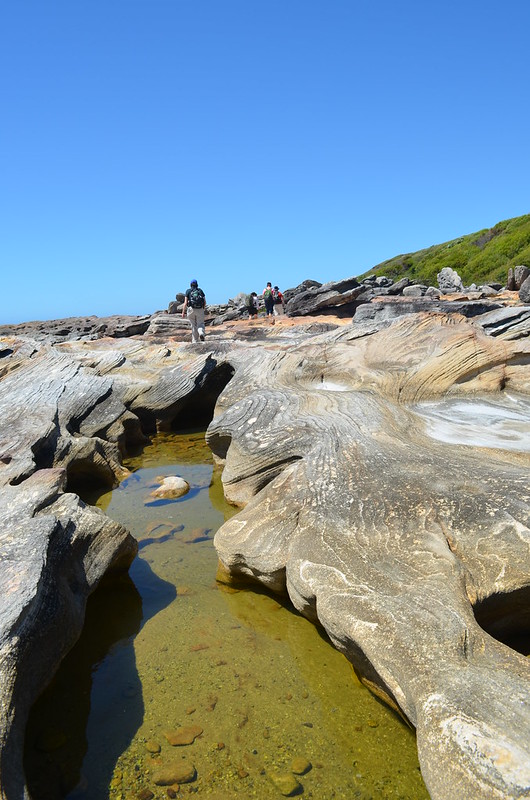


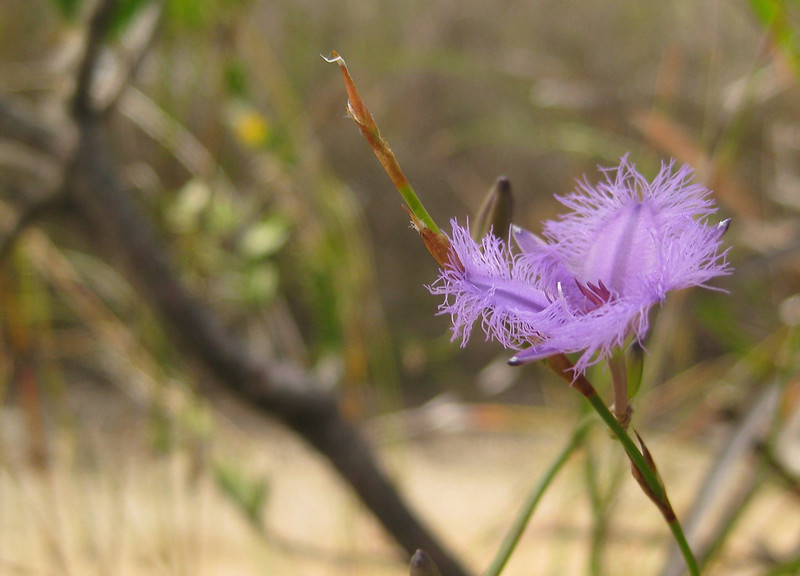
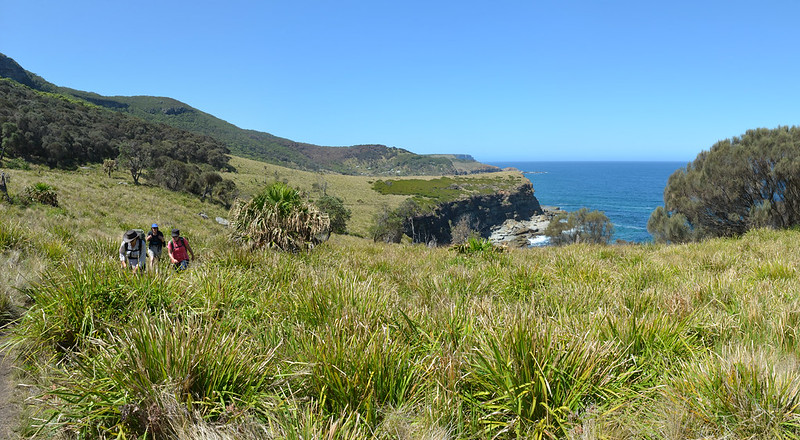
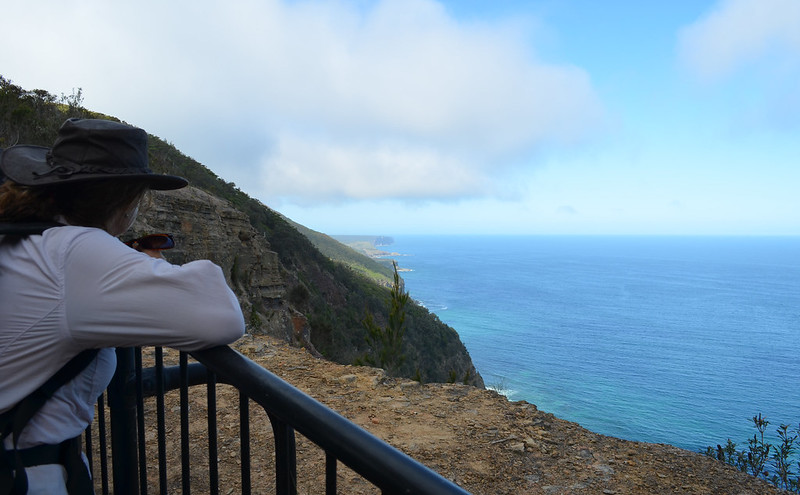




Nude swimming and hiking in the Royal is easy on weekdays. There are tracks leading westward off Bertram Stevens Drive- that is, on the other side or western side, the one going inland rather than to the coast- that are a delight to explore. And few ever do. We just stripped off in the winter sun and walked for an hour seeing no body. Then returned to our car on the Drive and went to Wattamolla, hiked south to Curracurrang ( about half an hour) and pushed through scrub onto the headland, the picture tells the rest of the story.
Cheers Ed!
Today we hiked Curra Moors Track to coastal track, turned north to Curracurrang for nude swim in the waterfall-fed pool and then the beach with its secluded headland. About two hour walk. Some winter sun. Soaked it up on the rocks like a lizard.
Do the coastal walk in bite-size chunks, a bit at a time.
Sounds like an awesome day out, Harry! Thanks for the comment.
Cheers
Neil
Looks like a great trip! I came here with looking for information on camping but might just have to do this hike now!
Hi Jasmine,
It was an awesome trip! Even if you just do a day-hike at Royal National Park, you’ll love the place. Such a beautiful coastline! Thanks for the comment.
Cheers
Neil
Great article and photos Neil, this coastal walk is on my list.
Thanks for sharing..
Cheers
Jill
Hi Jill,
Glad you enjoyed. You should definitely do it!
Cheers
Neil
It is a beautiful walk. It can be done as a backpacking trip, except there is only one campsite (North Era) available and that is well past half way, making the days rather unequal. Also opinions vary on the quality of the water. I have thought that if I did it again I would hide water somewhere.
Hi Ken,
I found the location of the public camp-site a bit puzzling too. Would be much better if it was somewhere closer to the middle. We were lucky that Sydney Coast Walks has leased space at Wattomalla. We also had fresh water for day two supplied. I wouldn’t hesitate to do it again. So stunning!
Cheers
Neil